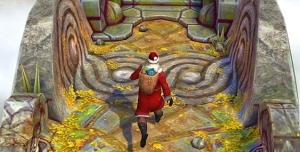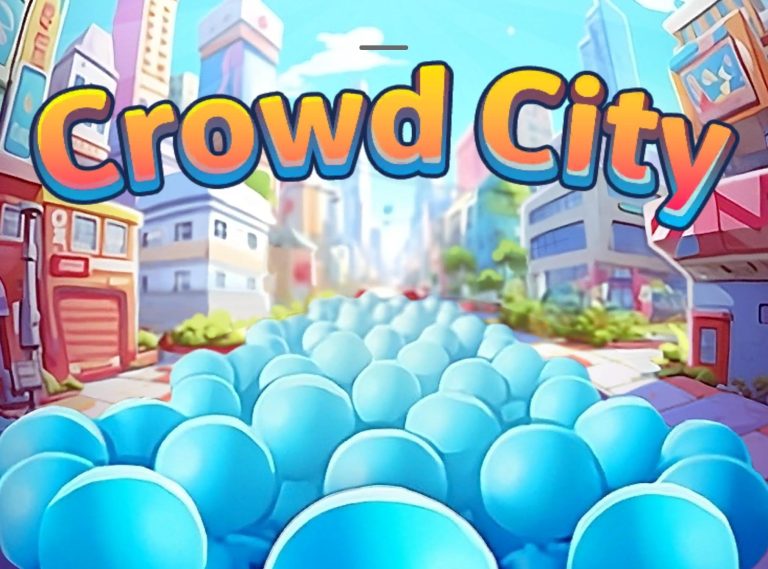Forget snow… here’s how to “make it rain” at Christmas!
Just a few years ago, seasonal content was a fresh concept in mobile game product management. Now, it’s par for the course. Still, many companies still aren’t getting the results from seasonal content that they’re hoping for.
That’s a shame, because the holiday season is the largest spending event of the year, and each year mobile sales and digital goods are becoming a larger part of that ecosystem. From 2011 to 2012, there was a 250% increase in mobile traffic over Thanksgiving, Black Friday, and Cyber Monday (according to Compuware APM). It’s vital that your organization learn to harness this force of nature, because your competition most certainly will.
At Adrian Crook & Associates, we’ve worked with clients to improve their seasonal content offerings, helping them avoid common mistakes and boost revenue. That’s why we’ve prepared this list of strategies that will help you develop high-performing seasonal content. It’s focused on the holiday season, but the principles can apply to any event year round.
1) Don’t Just Add New Content
The most common mistake in developing seasonal content is thinking that it will suffice to add new items to the in-game store with seasonal themes. Sure, that kind of thing is easy to do, but don’t expect much of a sales bump for your minimal effort. The upside potential is much greater if you think of your holiday content as a major feature release that will do something significant to the world of your game, at least during the period of the event. It’s important to be creative and really design a magical experience for your player. Thinking in terms of an in-game-event with unique features has another really important benefit: you can design the experience to include non-payers. This will boost retention and engagement, while helping players develop an emotional connection with your product.
Here’s an example: Instead of selling players a Santa Outfit (or perhaps in addition), let them gift mistletoe and collect kisses when the gift is accepted. If they collect enough kisses, players are rewarded with the Santa Outfit. And if they haven’t collected quite enough kisses, well then they can spend premium currency to make up the difference. A feature like this will monetize and engage players much more significantly than just putting the Santa Outfit on sale in the store.
This can work for any genre. Is your game a match-3 puzzle game? Match up Mistletoes to collect kisses. Do you have a realistic racing game? Compete in races to collect wreaths and win a special tournament. There is always a creative way to bring holidays into your product.
Great content wins all year round, and the holidays are no exception. Think outside the store and bring the season into all areas of your game.
2) Create a Compelling Holiday Story
To take it to the next level, find a way to develop a story that relates to the characters and world of your game. Let’s take our Santa Outfit feature above. Without a story, players have no intrinsic motivation to engage with it. Sure, they can get an outfit, but if they don’t happen to set that as their goal, they will have no interest and no engagement. You can make the feature much juicer by tying it into the story and characters of your game.
For example, one of the characters in your game needs the outfit to convince a child that Santa is real. Hmm, now that’s a compelling reason to get the outfit! That kind of emotional impact is so fun for players and makes them feel really connected to your game experience.
3) Give Money Away
There is another kind of story that can be really wonderful and effective over the holiday— to tie your experience to a charitable giving promotion. This provides players with another kind of motivation, develops an emotional connection between the players and your game, and it’s doing something good for the world! As a great example, consider Club Penguin’s Coins for Change campaign, where they encourage players to their in-game currency to the charity of their choice. Whichever charity receives the most coins wins a $1,000,000 donation from Disney!
What a great way to get players involved in the game while making a positive difference in the world. And it’s easier to create compelling share opportunities for your audience with a charitable event like this, because your players will want to be associated with such a positive initiative.
4) Time it Right
A common mistake is to start the promotion on, or too close to the actual holiday. All the energy and enthusiasm for a holiday is exhausted once the holiday has happened, so your holiday event should be taking place well in advance of the holiday. Two weeks in advance is a good rule of thumb, but you can extend it to as far as three or four weeks for some holidays. Once the holiday has actually occurred, expect engagement with the feature to decline sharply, and the event should be wrapping up.
5) Market the Event
Marketing the event before it occurs is extremely important, and almost always overlooked. There is a reason that blockbuster films receive their biggest promotional push just before they are released. It’s important to build that sense of anticipation. In a game this principle is even more important, so that players don’t feel confused and disoriented when the game changes for the holiday.
Make sure to plan and execute an in-game marketing plan so that players are aware of the cool features and fun they can expect to enjoy for the holiday! Change your loading screen to show some art from the feature, and write “Coming Soon.” Put a banner up in your marketing area. You can even integrate the feature into stories that occur earlier on your roadmap. Doing these things also communicates to your players that this feature is something that’s important and worth engaging with. They may even start discussing it amongst themselves, wondering just what may happen!
Finally, you also need to make sure players know exactly when holiday content will no longer be available. The last thing you want are angry players who got three quarters of the way through the feature before you turned out the lights. Setting an end date will also boost monetization and retention as the feature’s end approaches, much as limited time offers do.
6) Integrate a Sales Plan
Sales on in-game items or virtual currency can be a tricky thing. Put things on sale too often, and players will stop buying them at full price. Make virtual currency too cheap, and players will fill their “accounts”, hurting your product’s revenue for the next several months. But if you know how to run sales, the holiday is a perfect “excuse” to have one, and not just for holiday content. Think of your sales plan as the icing on the cake of your holiday initiatives: It’s not the center of what’s happening, but it’s vital and sweet for everyone involved. You can make a dramatic revenue spike by putting virtual currency and premium items on sale. If you’re interested in learning how to manage the common pitfalls of sales, contact us, we can help.
Implement these strategies and you’ll be doing better than 96% of your competitors at boosting rev for the holidays, and you’ll also be creating some great experiences for players. And that’s a result everyone can celebrate.



